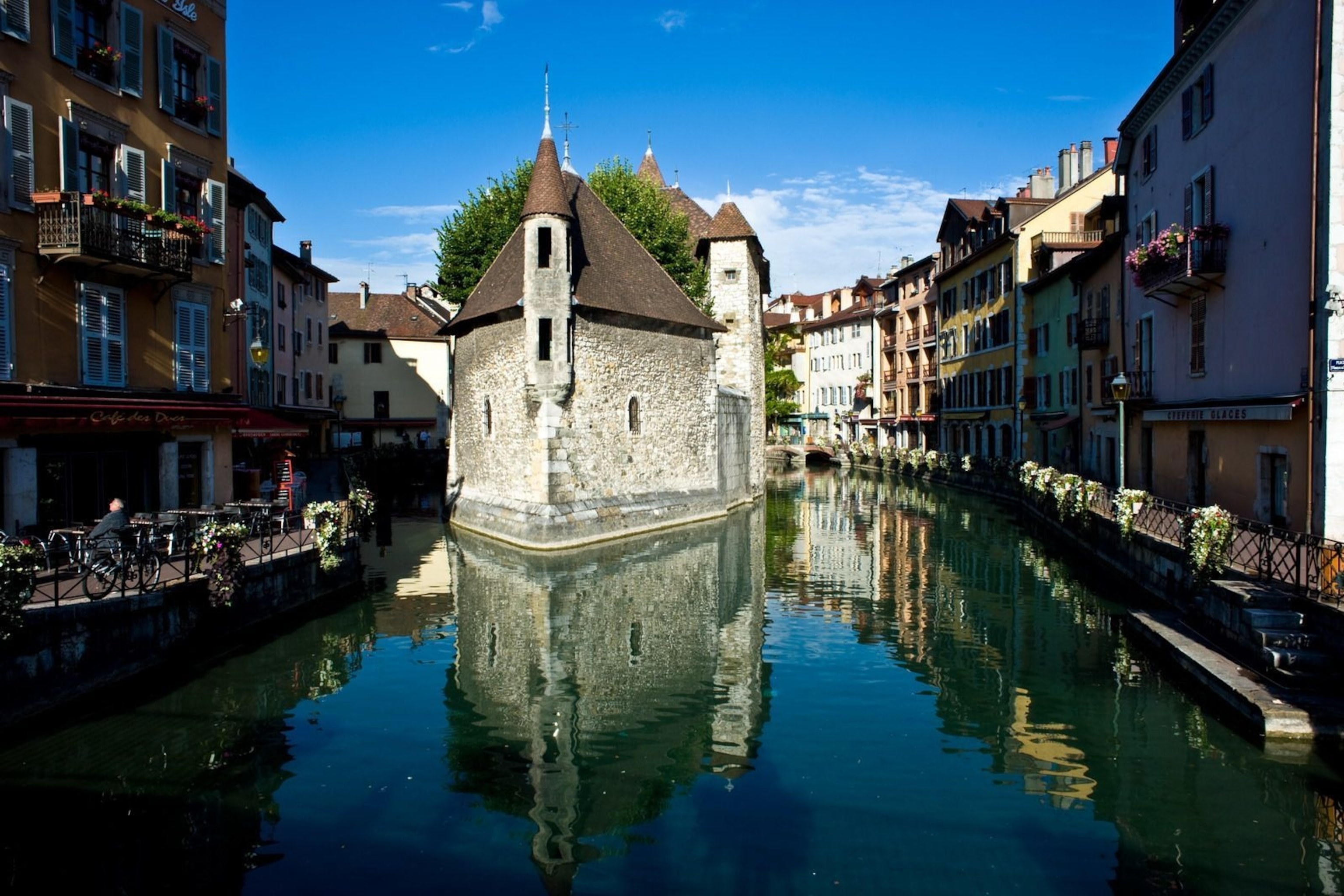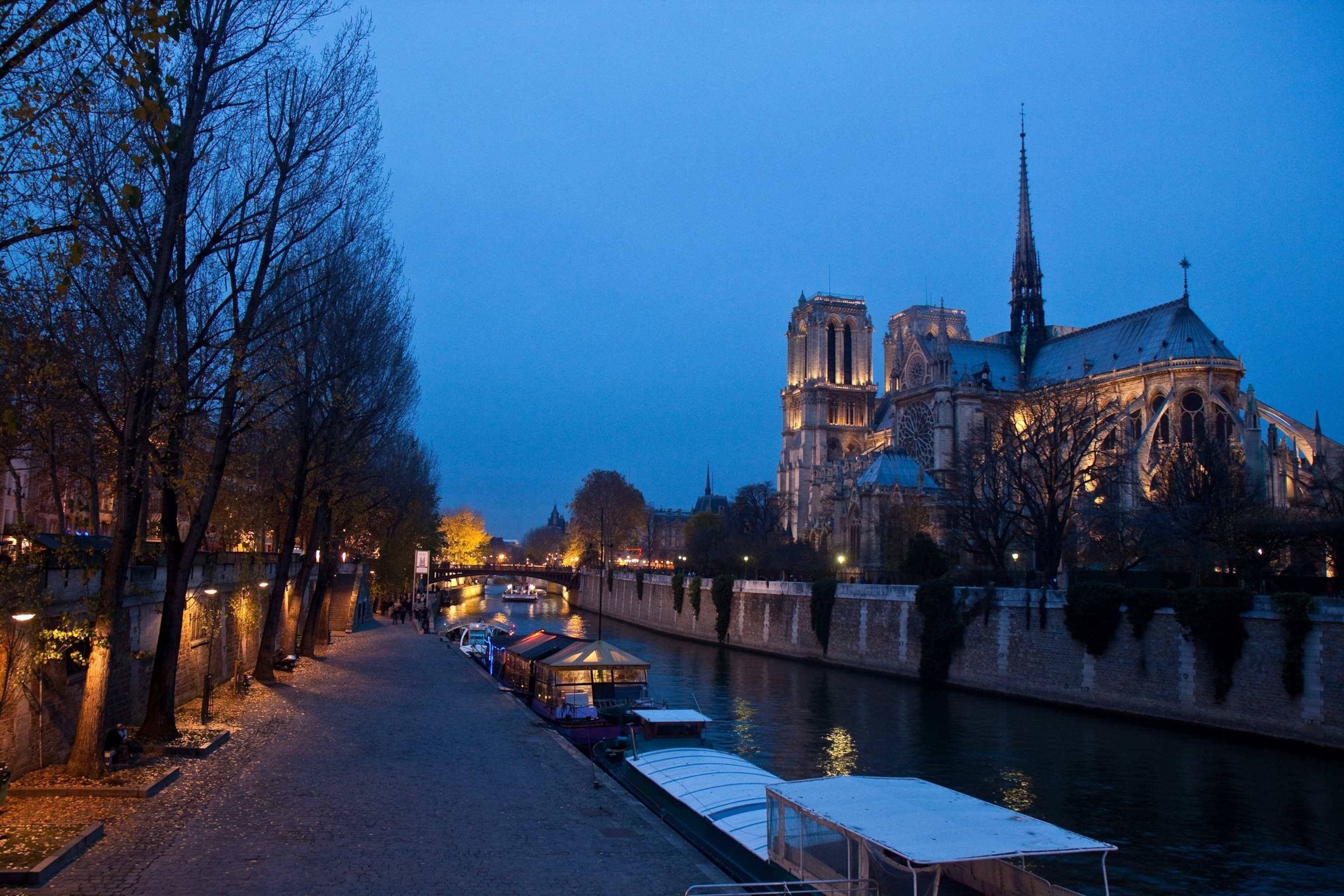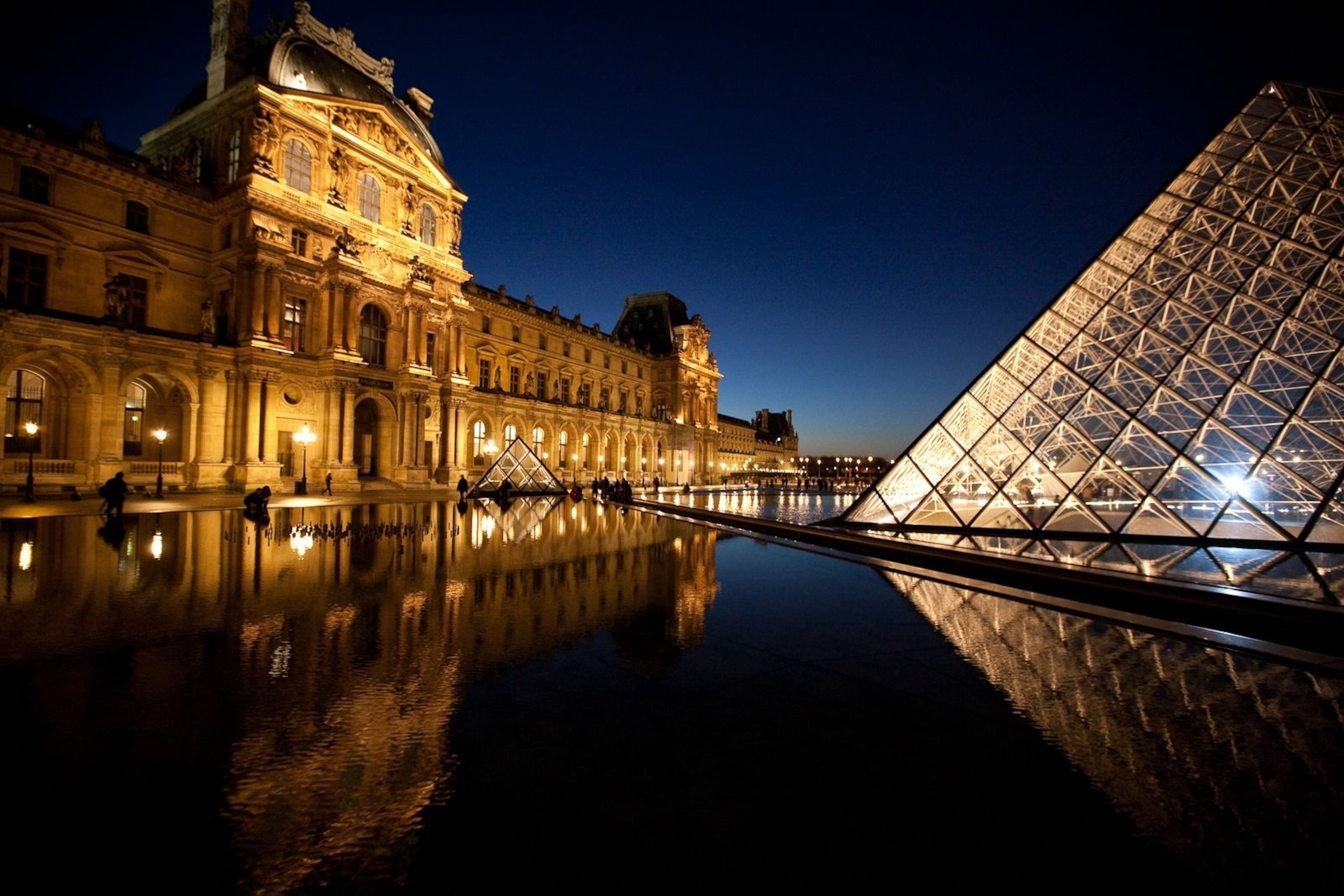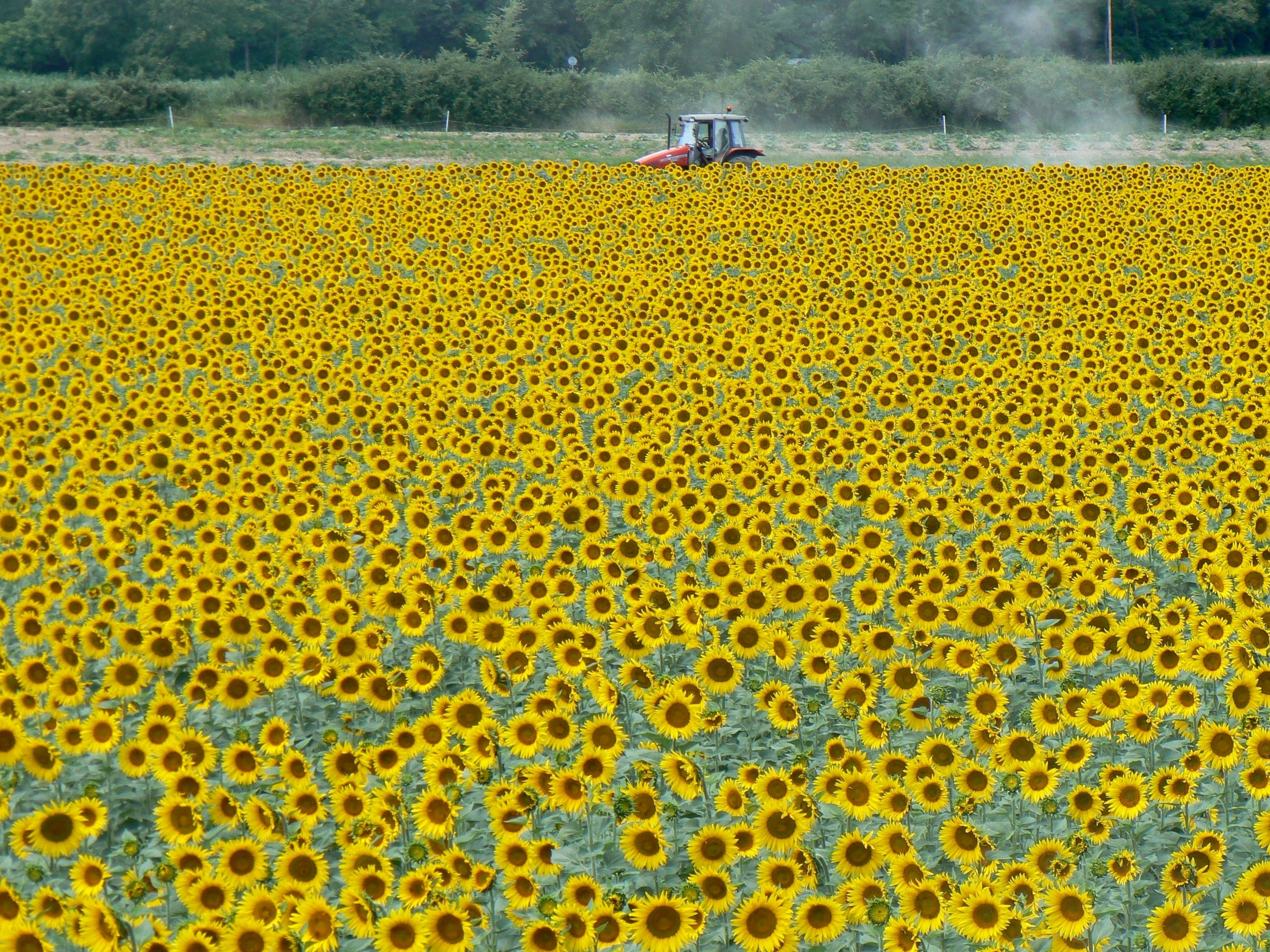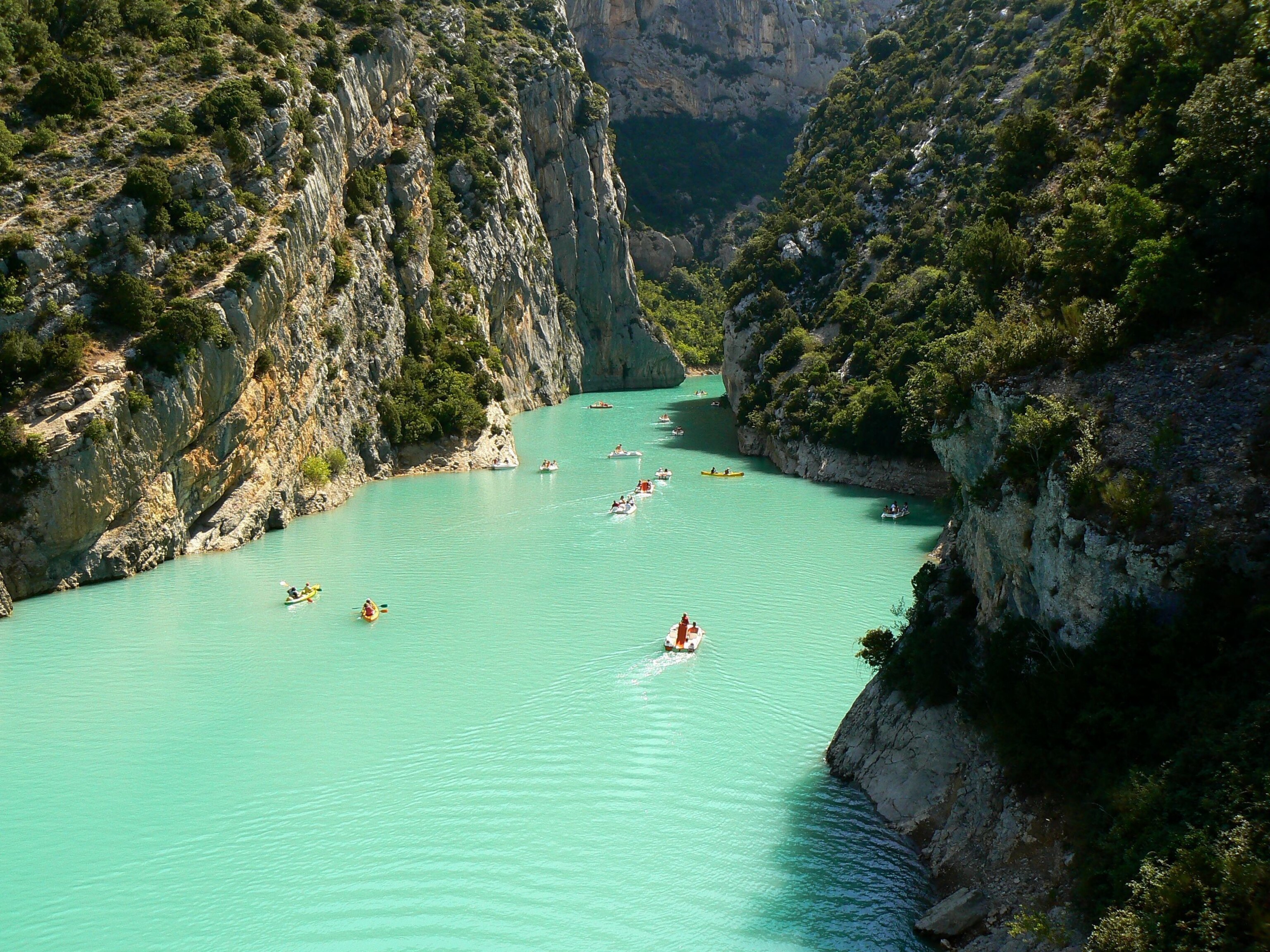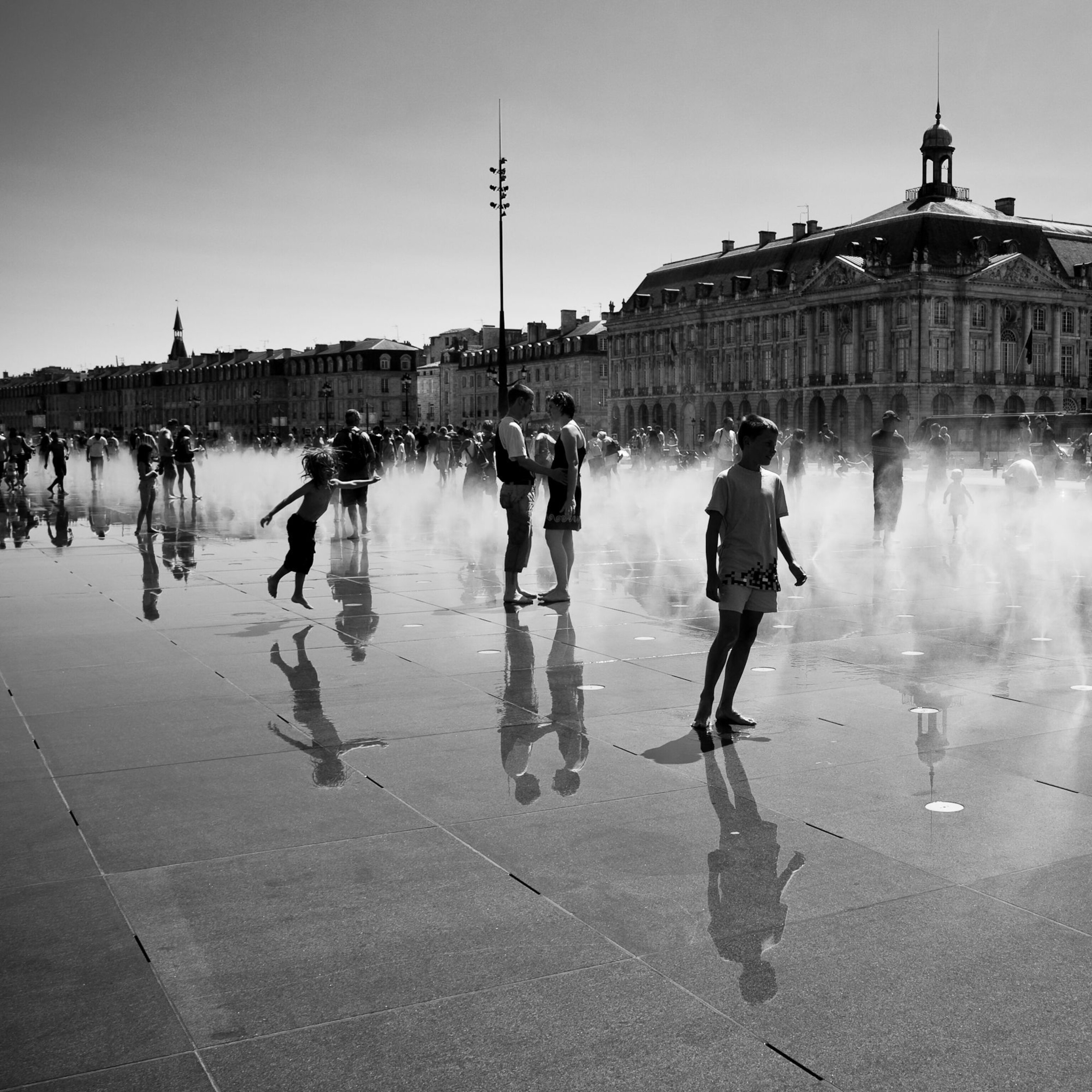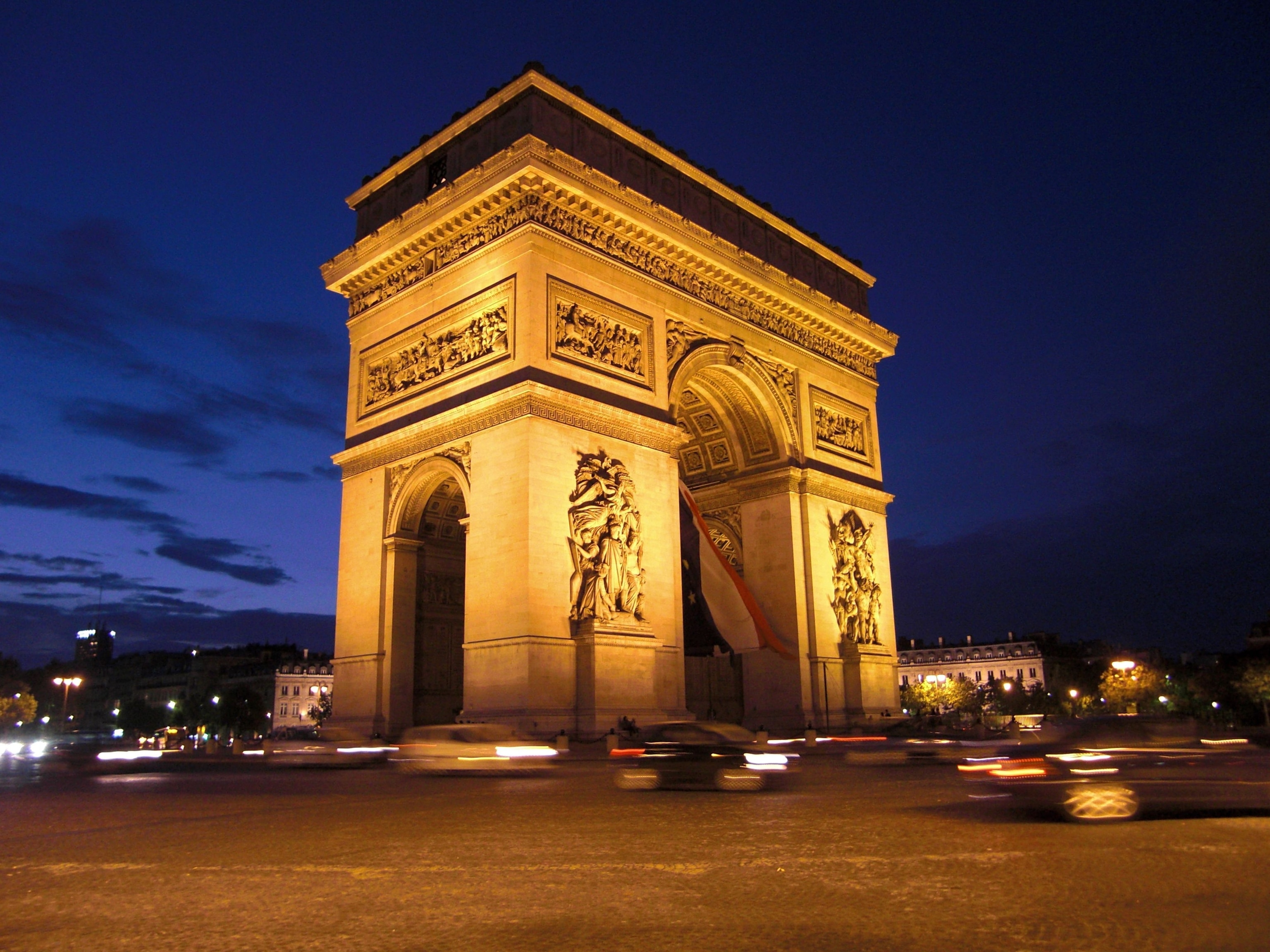Inside One of the World's Largest Gothic Palaces
This picturesque city was once the seat of power for the Catholic Church.
In the sun-dappled south of France, the picturesque city of Avignon was once the seat of power for the Catholic Church and the home of popes fleeing the political pressures of Rome.
Built on the banks of the Rhone River, Avignon sprang to international prominence in the 14th century A.D. At the time, the town was not part of French territory, but belonged to the duke of Anjou, a vassal of the Pope. As such, Pope Clement V deemed it a safe location in which to center the Church. Italy was consumed by political chaos at the time, and Avignon was also seen as a more central location within the Christian world.
Avignon’s role as residence of the popes was relatively short-lived: The Avignon papacy—or “Babylonian captivity,” as some dubbed it—was controversial within the Church and lasted only from 1309 to 1377, but it left behind a lasting imprint on the city.
Beginning in 1335, a magnificent palace was constructed to house the popes. Completed in less than 20 years in two phases, the Palais des Papes is the largest Gothic palace in Europe and a breathtaking example of the architecture of the time, as well as the site of a collection of intricate frescoes by the Italian master Matteo Giovannetti.
Seven popes occupied the palace before the papacy moved back to Rome in 1377, but that was not the end of Avignon’s role in the church. Instead, cardinals of the Sacred College selected an “anti-pope” to rule from Avignon. The Great Schism, during which time there were rival players claiming the papacy, lasted until 1417.
The palace in Avignon remained property of the papacy until the French Revolution, when it was seized by revolutionaries. It was later converted into a military barracks and prison under the Napoleonic administration.
Today, visitors can wander the halls of the papal palace and gander at the former private chambers of the pope, picturing themselves as players in the intrigues of medieval church and state. The city’s historic center was designated a UNESCO World Heritage site in 1995 for its architectural and cultural significance and preserved as a museum.
What to See
The palace is surrounded by other monuments, including the Cathedral of Notre Dame des Doms, which predates the papal complex, having been built in 1150. Atop the cathedral’s bell tower, a 20-foot gilded statue of the Virgin Mary presides over the surroundings. Not far away, the Petit Palais, once the residence of bishops, now houses an art museum with an extensive collection of works from the Middle Ages and Renaissance.
A short stroll from the cathedral is Rocher des Domes, a park with panoramic views of the Rhone. The green space, centered around a pond populated by swans and other waterfowl, offers a green refuge from the summer heat to tourists and locals alike.
Also adjacent to the complex is the remnants of the St. Benezet Bridge, which once spanned the Rhone. Today only four of the original 22 arches remain, but the construction is solid enough that visitors can still stroll along the span.
How to Visit
Avignon is a popular tourist destination both on its own and as a base for exploring the Provence area. The tourism infrastructure is well developed, and the city can be reached by car, train, or airplane. The climate is relatively mild year-round, but for the most pleasant weather and to avoid summer crowds, consider visiting in the spring or fall.
Related Topics
You May Also Like
Go Further
Animals
- What rising temperatures in the Gulf of Maine mean for wildlifeWhat rising temperatures in the Gulf of Maine mean for wildlife
- He’s called ‘omacha,’ a dolphin that transforms into a man. Why?He’s called ‘omacha,’ a dolphin that transforms into a man. Why?
- Behind the scenes at America’s biggest birding festivalBehind the scenes at America’s biggest birding festival
- How scientists are piecing together a sperm whale ‘alphabet’How scientists are piecing together a sperm whale ‘alphabet’
Environment
- What rising temperatures in the Gulf of Maine mean for wildlifeWhat rising temperatures in the Gulf of Maine mean for wildlife
- He’s called ‘omacha,’ a dolphin that transforms into a man. Why?He’s called ‘omacha,’ a dolphin that transforms into a man. Why?
- The northernmost flower living at the top of the worldThe northernmost flower living at the top of the world
- This beautiful floating flower is wreaking havoc on NigeriaThis beautiful floating flower is wreaking havoc on Nigeria
- What the Aral Sea might teach us about life after disasterWhat the Aral Sea might teach us about life after disaster
History & Culture
- This thriving society vanished into thin air. What happened?This thriving society vanished into thin air. What happened?
- These were the real rules of courtship in the ‘Bridgerton’ eraThese were the real rules of courtship in the ‘Bridgerton’ era
Science
- Why dopamine drives you to do hard things—even without a rewardWhy dopamine drives you to do hard things—even without a reward
- What will astronauts use to drive across the Moon?What will astronauts use to drive across the Moon?
- Oral contraceptives may help lower the risk of sports injuriesOral contraceptives may help lower the risk of sports injuries
- How stressed are you? Answer these 10 questions to find out.
- Science
How stressed are you? Answer these 10 questions to find out. - Does meditation actually work? Here’s what the science says.Does meditation actually work? Here’s what the science says.
Travel
- How to get front-row seats to an active volcano in GuatemalaHow to get front-row seats to an active volcano in Guatemala
- Urban wine is making a comeback in Paris. Here's how to try itUrban wine is making a comeback in Paris. Here's how to try it
- Discover the sordid history behind these English country homesDiscover the sordid history behind these English country homes
- The 'original' High Line is in Paris — here's how to walk itThe 'original' High Line is in Paris — here's how to walk it
- These rollerskaters take over Paris every Friday nightThese rollerskaters take over Paris every Friday night






